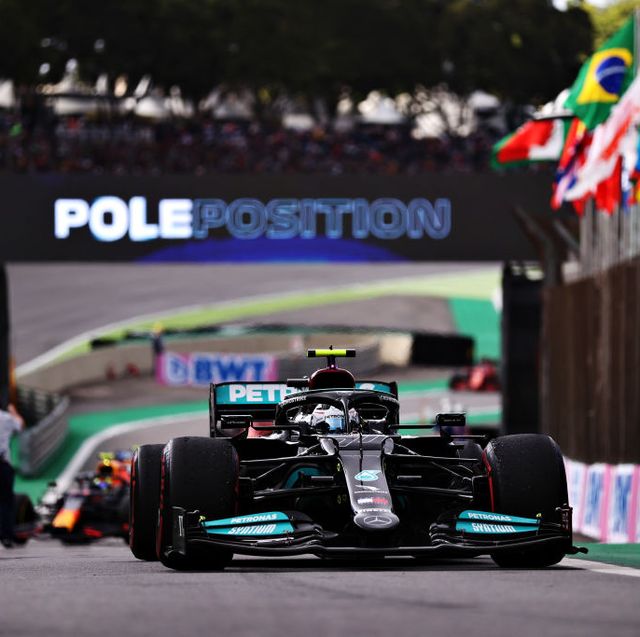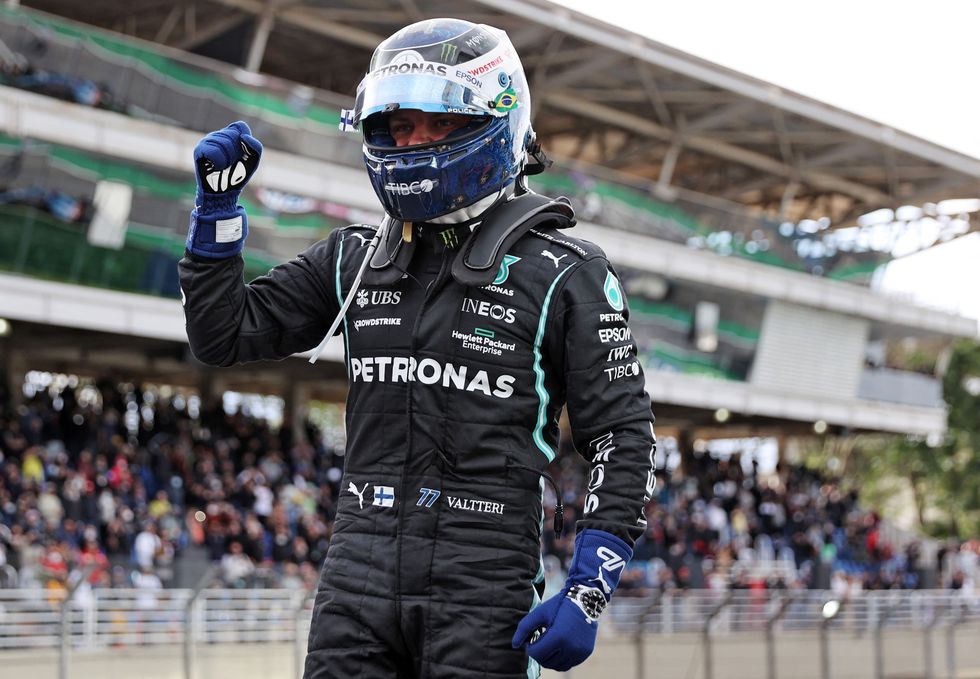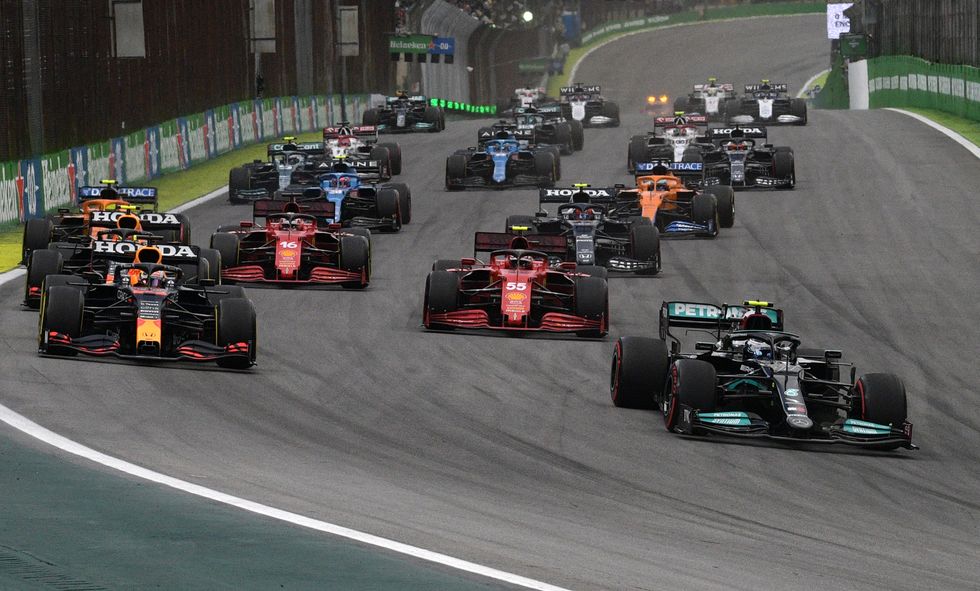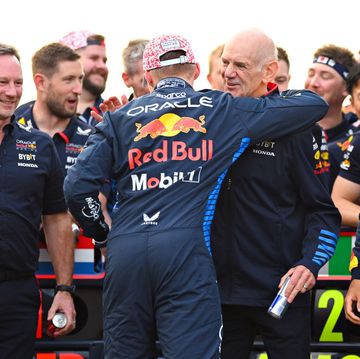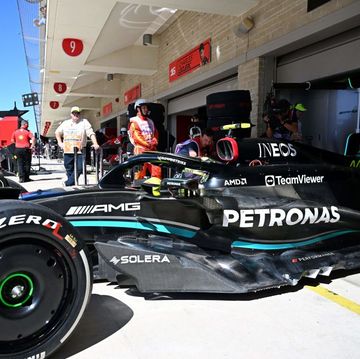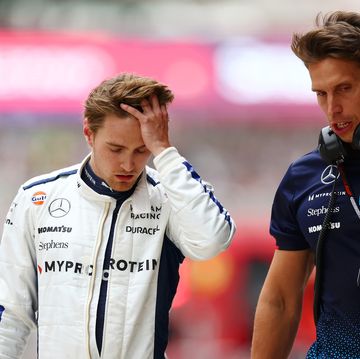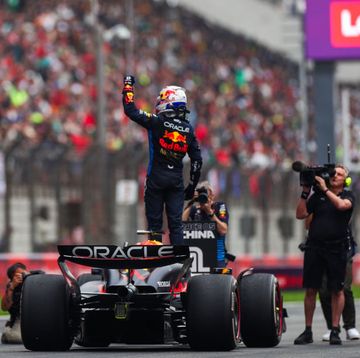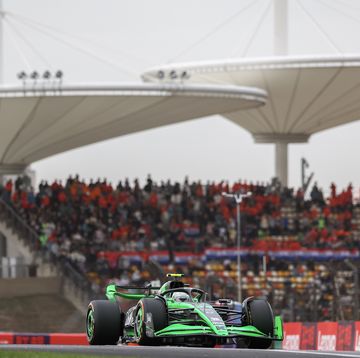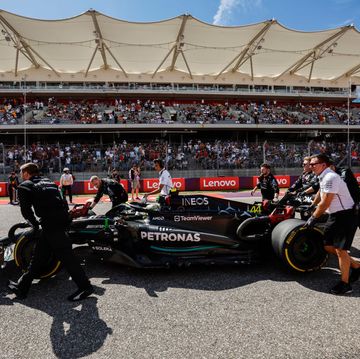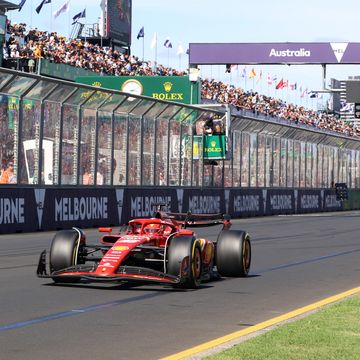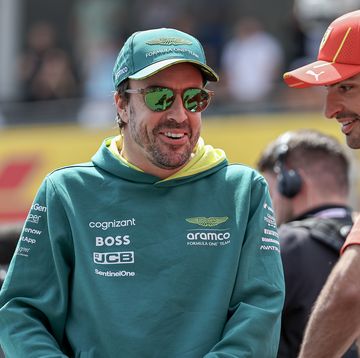Formula 1 has now had its three Sprint trials in 2021—and it will be expanded to six events in 2022.
Sprint was introduced in 2021, in the biggest shake-up to the F1 qualifying format in decades. At three events, qualifying for a Sprint race was moved to Friday, with a one-third distance (roughly 30 minutes) mini-race on Saturday setting the grid for the Sunday Grand Prix. The idea being a mini race on Saturday to set Sunday's grid would be more entertaining for the fans than traditional qualifying.
The new format is working. But it could be better.
Formula 1 and its stakeholders are due to discuss potential tweaks but these are expected, for the time being, to be conservative rather than radical. Among the main issues to be tackled are the distribution of points for Sprint (currently 3-2-1) and at which stage pole position is awarded.
Formula 1 has been cheerleading the project and clear in its views that it is staying. It is financially beneficial, leads to action on all three days of an event, and it is encouraged by feedback it has received. Social media response has suggested otherwise but Formula 1 chiefs are playing that down. All race promoters, apparently, want Sprint. That is of course linked to money, which is a critical element of Formula 1, but disregarding that for now Sprint must be assessed solely in a sporting context.
Providing another standing start to a Formula 1 race weekend is exciting, but after the first lap, Sprint has by and large been fairly processional. With no championship points at stake below third place, drivers are unwilling to take major risks. And when everyone is lined up in order of car performance, with little to no strategic diversion, there’s obviously little to no variance.
“I think when you put the cars in performance order it’ll finish how you expect,” said Alpine’s Fernando Alonso.
“You cannot take too many risks because you can be heavily affected trying to pass people,” said Red Bull’s Sergio Perez. “It’s not like the actual race; you haven’t gained anything but you can lose a lot.”
Potential changes have been suggested.
More points for more places for Sprint means those Grands Prix weekends will have significantly more value than race weekends without Sprint. Formula 1 is already at 23 Grands Prix for 2022, with discussions elsewhere meaning a potential 25-event schedule is not far off. The six Sprints for 2022 means in essence 29 "races" next year. The quality versus quantity argument, and the hype that accompanies it, has been raging for a while but we can safely say that horse has left the barn.
Another suggestion has been reversed-grid races, either partially or fully. Put the slower cars at the front of the Sprint grid to encourage more craziness, more passing. These were first floated in 2019, and then again in 2020, but did not receive approval from the majority of stakeholders. They have been ruled out for 2022 but Liberty Media motorsport chief Ross Brawn remains intrigued by the prospect in the long-term.
Handily, Lewis Hamilton put on an impressive show during the Sprint race in Brazil, after his car was disqualified from qualifying for a technical issue. From 20th on the Sprint grid, he surged to fifth. It was an excellent display of racing by Hamilton, ably aided by the fastest car, a fresh engine, and DRS. It was no doubt entertaining. And it laid the foundations for his eventual Grind Prix win on Sunday.
“[There were] so many overtakes, so much fun,” said Ferrari team boss Mattia Binotto. “I think we should really consider it [reversed grids] and that’s obviously for the Sprint race format and having seen what happened, I think it’s not debatable.”
But there are problems with the reversed-grid concept.
Starting a single fast car at the back means making progress against slower cars is far easier. If the entire grid was reversed the delta to overtake the next car would be much smaller. You’d have the fastest trying to pass the second-fastest, trying to pass the third-fastest and so on.
Quicker teams bristle at the prospect of being pinged to the back just because they’re better. Smaller teams want to earn their place on merit. There shouldn’t be freebies in elite sport.
“Some would think being in the slowest car I’d want a reverse-grid race,” said George Russell in 2020, when Williams was last. “It’s actually completely the opposite. I’d be at the front like a sitting duck, I’d be made to look like an idiot.”
Back in 2019, when the reversed-grid idea was first raised, Hamilton outlined that “people that propose that don’t really know what they’re talking about”, while Sebastian Vettel described the idea as “complete bullshit” and “the wrong approach.”
Fans are also largely opposed.
Sometimes fast cars end up at the back through circumstance. Such as this past weekend. And that’s why it is special. Artificially engineering a situation would suck out the magic – and becomes the norm, and is then less exciting. And drivers themselves don’t want asterisks next to a result. Oh, yeah, they won, but it was only because it was a silly format.
They want wins, even in a Sprint qualifying race, on merit.
Formula 1’s growth in recent years has been because Liberty Media has grabbed the low-hanging fruit that was ignored by the previous regime, and then cleverly built upon it. They have largely done an excellent job. But that success came prior to Sprint.
Has Sprint enhanced Formula 1’s 2021 season? Well, each race after Sprint had a contentious Hamilton-Verstappen incident, with two collisions and a very close call. Whether that is because of Sprint, or just coincidental, is up for argument.
When it comes to the Sprint concept itself, opinion overall is mixed. Sprint has been neither a resounding triumph nor an unmitigated failure. It lies somewhere in the middle. However, there has yet to be a light bulb moment, and that is slightly problematic.
Formula 1’s task now isn’t necessarily to find a perfect format. just the one that has the least flaws.
